🧍♀️Posture Matters More Than You Think
- Sharon Atwell
- Jul 1
- 3 min read
Updated: Jul 1
Why Corrective Exercise is the Key to Standing Tall—Now and Later
Did you know poor posture often starts from habits we barely notice?
Whether you're slouched at a desk, driving long hours, or healing from past injuries, your daily patterns shape how your body moves—and how it feels. Over time, these small shifts can create big problems: joint pain, muscle imbalances, reduced flexibility, and even breathing or digestion issues.
But here's the good news: targeted corrective exercises can help restore posture and ease discomfort at its root.
If you want to dive deeper into this topic, my eBook "The Corrective Exercise Specialist: Your Partner in Women’s Posture Improvement and Wellness™" offers detailed insights into what causes postural issues and how to correct them—especially for women navigating aging and daily demands.
🌿 What Causes Poor Posture?
Many people think of posture as just standing up straight. But it’s more than that—it’s the way your body carries itself in every movement. Over time, that “carriage” can be thrown off by:
1. Everyday Habits
Youth: Heavy backpacks slung over one shoulder
Adults: Long hours working at a desk, driving, or leaning to one side
Women: Wearing heels for extended periods
Even slouching on the couch or scrolling on your phone affects your spine’s natural curves.
2. Repetitive Movements
Athletes, construction workers, waitstaff, and even gymgoers who overtrain certain muscle groups—these repetitive actions shorten some muscles while weakening others, pulling the body out of alignment.
3. Past Injuries
After pain or injury, we subconsciously adjust our movements to avoid discomfort. Over time, these “protective” habits become our new normal—and throw our posture off balance.
4. Surgeries and Scar Tissue
Surgery can leave behind scar tissue that limits muscle movement. Other muscles step in to compensate, creating further imbalance unless corrected.
⚖️ Why Posture Matters for Long-Term Health
You might not realise the effects until discomfort sets in, but poor posture can cause:
Breathing and digestion issues
Stiffness in joints and reduced flexibility
Neck, shoulder, and back pain
Decreased balance and coordination
A fragile spine prone to injury.
✅ The Role of Corrective Exercise
As a Corrective Exercise Specialist (CES), I begin with a postural assessment—observing your natural spinal curves and alignment. Then we build a simple, personalised corrective program to:
Relieve tension and reduce pain
Restore proper muscle balance
Improve mobility and function
Support better breathing, digestion, and confidence in movement
Help you maintain a healthy weight
Set the foundation for lifelong good posture.
You don’t have to accept discomfort as part of aging.
Whether you’re recovering from an old injury or just tired of slouching through your day, targeted corrective exercises can help you feel stronger, move better, and age with confidence.
👉 Ready to see what your posture says about your health?
Let’s connect and take the first step toward moving with balance and ease.
Schedule your free Explore Session to begin.
✨ Prefer to start with a self-guided approach?
My posture-focused eBook, The Corrective Exercise Specialist: Your Partner in Women’s Posture Improvement and Wellness™, is available exclusively for members. It includes everything we’ve discussed—plus practical steps to help you move forward at your own pace. 📘🧘♀️
Join the Movement Vitality Alliance Community to unlock access to my exclusive posture-focused eBook—your guide to moving better, feeling stronger, and living with balance. 💫📘
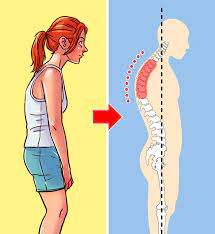
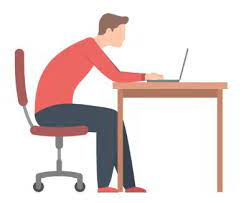



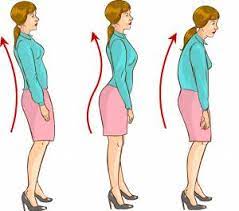

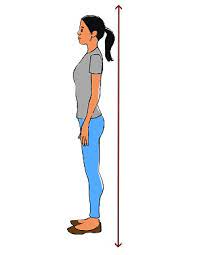
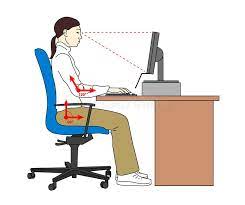


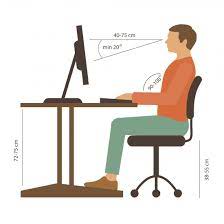



Comments